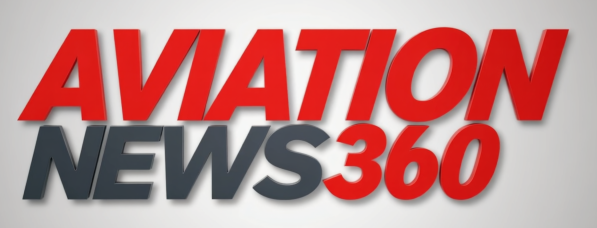The National Transportation Safety Board (NTSB) cited Boeing for inadequate “training, guidance, and oversight” that ultimately led to the now-infamous in-flight blowout of a mid-exit door (MED) plug on a near-new B737-9 a year-and-a-half ago. That’s the conclusion the NTSB reached in a public hearing into the incident today (June 24).
The NTSB further concluded that Boeing’s two-year-old (at the time) voluntary safety management system (SMS) “was inadequate, lacked formal FAA oversight, and did not proactively identify and mitigate risks.” The board further cited the FAA as being ineffective in ensuring that Boeing addressed “repetitive and systemic” non-conformance issues that were part of the manufacturer’s parts-removal process.
NTSB Chairwoman Jennifer Homendy said at the hearing, “The safety deficiencies that led to this accident should have been evident to Boeing and to the FAA – [they] should have been preventable. This time, it was missing bolts securing the MED plug. But the same safety deficiencies that led to this accident could just as easily have led to other manufacturing quality escapes and, perhaps, other accidents.”
A further result of today’s hearing is new safety recommendations from the NTSB to the FAA and Boeing. The board also reiterated previous recommendations made to the FAA, Airlines for America, the National Air Carrier Association, and the Regional Airline Association.
An online summary of today’s hearing is available here.
Source link
[aviation news]
Share this content:


